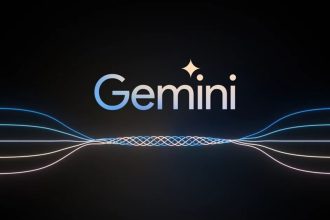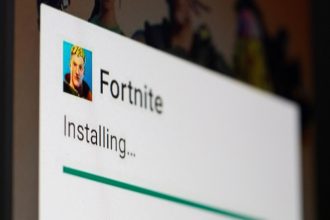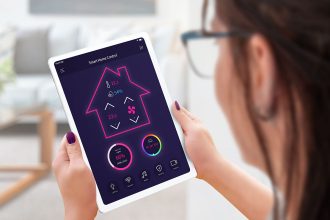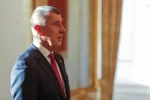Australia’s ambitious move to ban children under 16 from social media by the end of 2025 is stirring debate across the digital world. While the government insists the policy aims to protect young people, YouTube has voiced serious concerns about its effectiveness and potential unintended fallout.
Prime Minister Anthony Albanese’s landmark proposal will soon hold tech giants like Facebook, TikTok, and Instagram accountable, with penalties reaching up to A$49.5 million (US$32 million) for violations. However, YouTube — which also falls within the scope of this legislation — argues it is not a social media platform and should be treated differently.
Rachel Lord, YouTube’s local spokeswoman, told a senate committee that while the initiative is “well-intentioned,” it risks creating “unintended consequences” without actually ensuring online safety for children.
“The legislation will not only be extremely difficult to enforce, but it also does not fulfil its promise of making kids safer online,” Lord stated. “Well-crafted legislation can be an effective tool, but the solution is not stopping them from being online — it’s helping them navigate the digital world safely.”
Experts have echoed these sentiments, warning that the law may end up being symbolic rather than practical, as it offers few details on how such a sweeping ban would be enforced. Critics from the tech industry have called the legislation “vague,” “problematic,” and “rushed.”
The Australian government recently clarified that social media companies won’t be required to verify every user’s age but must take “reasonable steps” to detect and deactivate underage accounts.
As the debate continues, one thing remains clear — ensuring digital safety for young people requires more than restriction. It demands education, awareness, and collaboration between parents, educators, and technology providers. Real safety comes not from banning the digital world, but from teaching children how to thrive safely within it.








